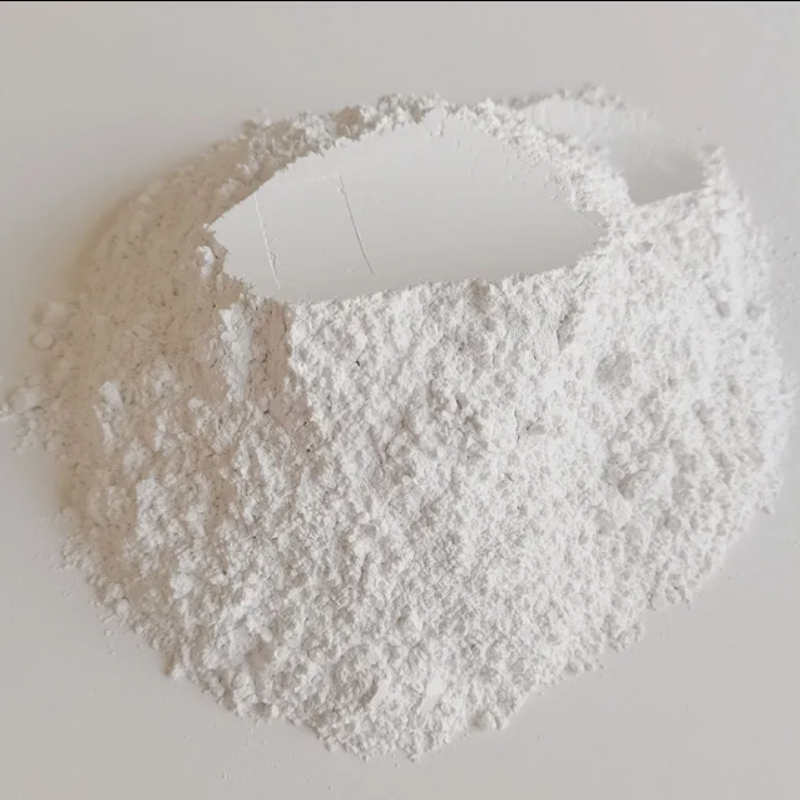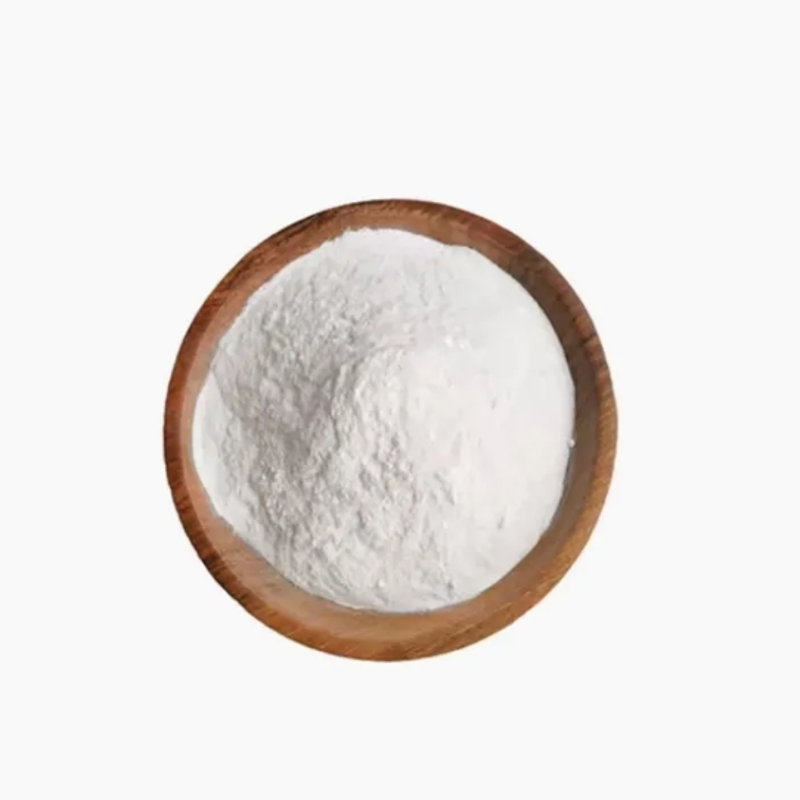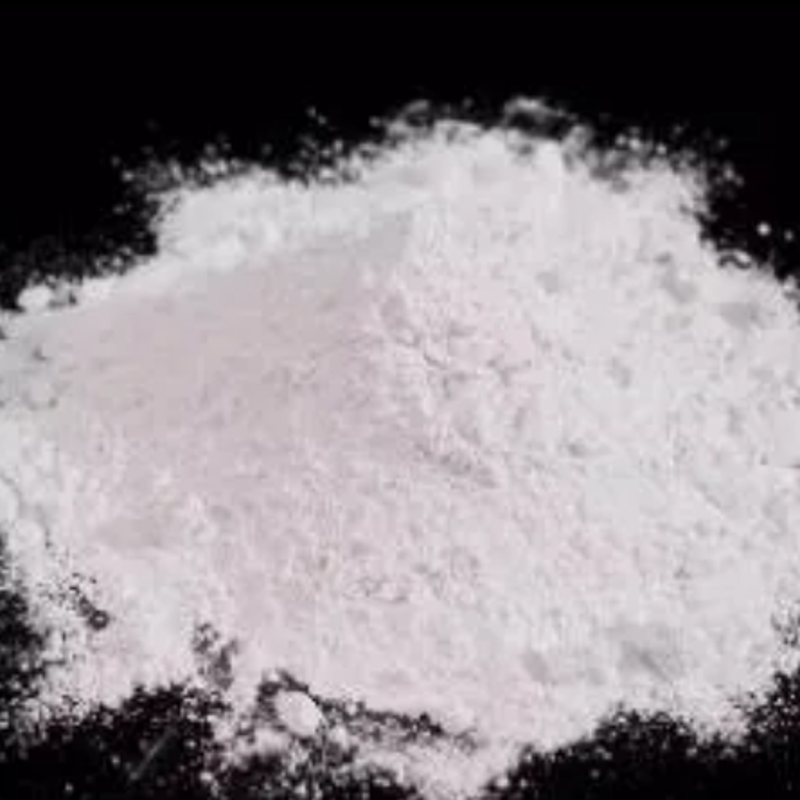-
Categories
-
Pharmaceutical Intermediates
-
Active Pharmaceutical Ingredients
-
Food Additives
- Industrial Coatings
- Agrochemicals
- Dyes and Pigments
- Surfactant
- Flavors and Fragrances
- Chemical Reagents
- Catalyst and Auxiliary
- Natural Products
- Inorganic Chemistry
-
Organic Chemistry
-
Biochemical Engineering
- Analytical Chemistry
-
Cosmetic Ingredient
- Water Treatment Chemical
-
Pharmaceutical Intermediates
Promotion
ECHEMI Mall
Wholesale
Weekly Price
Exhibition
News
-
Trade Service
High-temperature silicone coatings are coatings formulated by silicone resins, heat-resistant pigments, additives, solvents, etc
.
The product has the characteristics of rapid surface drying, good adhesion, good flexibility, (single) two-component packaging, convenient construction, high temperature resistance and so on
.
Among them, dimethicone oil is added to the coating as an auxiliary, because its surface tension is very small, and has unique interface properties, adding a small amount of low-viscosity dimethicone to the coating can effectively reduce its surface tension, improve the coating and expandability, and obtain an online coatingol.
com
of coating coatings without orange peel and uniform appearance.
Compared with traditional coatings, polysiloxane coatings have many excellent properties, so they occupy a very important position in the coating industry, especially in the application of
functional coatings 。 Polysiloxane coating has the following characteristics: (1) the paint film has excellent light and color retention, high gloss, good decoration, corrosion resistance, excellent chemical resistance, and good physical and mechanical properties of the paint film, fast drying speed of the paint film, high construction efficiency, and stain resistance, easy to clean; (2) The number of coating passes is reduced without coating intermediate coatings during construction, (3) It is a high solid coating, low VOC content, does not contain isocyanates, has low odor, and has the characteristics of
safety, health and environmental protection.
Therefore, polydimethylsiloxane is widely used in
various coatings.
High temperature resistant silicone coating can withstand high temperature (250~800 °C) oxidation and other media corrosion, that is, in the above environment can achieve stable physical properties, no falling off, no foaming, no cracking, no pulverization, no rust, allow slight discoloration
。 With the continuous development of industrialization and science and technology, users put forward higher and higher requirements for the performance and construction conditions of high-temperature resistant coatings, not only require coatings to have excellent heat resistance, corrosion resistance, oil resistance, solvent resistance, etc.
at high temperatures, but also require silicone coatings not only baked curing, room temperature curing, cross-linking curing, but also cured by some curing accelerators, so high-temperature silicone coatings are widely used in metallurgy, petroleum industry, natural gas exploitation, chemical electromechanical, aerospace and other industrial fields
。
There is a well-known saying in the coating industry, that is, "three points of coating, seven points of construction", which shows the importance of coating construction, and only through appropriate construction methods can we better play the role of
high-temperature silicone coatings.
01 Cross-linking curing method of silicone coating
Before talking about the construction of high-temperature resistant silicone coatings, let's talk about the composition of silicone resin and the cross-linking curing method
.
Silicone resins are highly crosslinked, networked polyorganosiloxanes consisting of a mixture of methyltrichlorosilane, dimethyldichlorosilane, phenyltrichlorosilane, diphenyldichlorosilane, or methylphenyldichlorosilane
.
Curing of silicone resins is usually achieved by silanol condensation to form silico-oxygen links
.
When the condensation reaction is carried out, the steric hindrance is increased due to the gradual decrease of the silanol concentration, and the fluidity becomes poor, resulting in a decrease
in the reaction rate.
Therefore, for the silicone resin to be fully cured, it is necessary to heat treat it and add a catalyst to speed up the reaction
.
The ratio of methyl functional group to phenyl functional group in silicone resin also has a great influence
on its performance.
In general, the lower the phenyl content, the faster the condensation rate, and the softer the resulting paint film; The higher the phenyl content, the harder
the resulting varnish film.
In addition, the introduction of phenyl can improve the wettability of silicone resin to pigments, the compatibility between silicone resin and other resins, and the adhesion of silicone resin to various substrates
.
There are roughly three ways of cross-linking and curing of silicone resins: first, the hydroxyl group on the silicon atom is used for shrinkage polymerization and crosslinking to form a network structure, which is the main way for crosslinking and curing of silicone resins; Second, the use of vinyl connected to the silicon atom, using organic peroxide as a medium for solidification, similar to the method of vulcanization of silicone rubber; Third, the addition reaction using vinyl and silicon-hydrogen bonds attached to silicon atoms
.
Based on the above considerations, a reasonable silicone coating application plan
is formulated.
02 Pre-treatment of silicone coating application
Silicone coatings are generally applied to metal components, and the metal components must first be pre-treated, and the pre-treatment process is as follows:
(1) First remove the welding slag, burrs, oil stains and other impurities
generated by the metal components during processing.
(2) Degreasing treatment is carried out to improve the cleanliness of the workpiece surface and reduce the oil pollution
of the sand pellet.
(3) Sand blasting and rust
removal.
The compressed air used in sandblasting must be oil-free and water-free, the compressed air pump should be equipped with an oil-water separator, the compressed air should be filtered when used, and the oil-water separator and air compressor should be regularly released every day to ensure that the compressed air is dry and clean, and the sprayed abrasive should be dry and clean
.
Under normal circumstances, the rust removal grade of metal surface should be carried out
in accordance with the relevant provisions in the "Corrosion Grade and Rust Removal Grade of Steel Surface Before Coating".
(4) After sandblasting, the oxide layer, rust and dirt on the surface of the metal component should be completely removed, and dry compressed air or a clean brush should be used to remove dust and residual impurities on the surface of the workpiece
.
(5) In order to achieve a better coating effect, the workpiece needs to be cleaned with a large amount of cleaning solvent after sandblasting shotblasting, and the related tools and appliances used must also be clean and oil-free
.
(6) The processed workpiece can not be touched by hand, the maximum time allowed to store the workpiece does not exceed 2 h, if it is placed for too long, the surface of the workpiece will rust and affect the quality of
the paint film.
(7) If the pickling phosphating treatment process is selected, the phosphating process should be canceled when the ambient temperature of the workpiece exceeds 350 °C, because the phosphating film will be destroyed
beyond 350 °C.
(8) Finally, it should be painted as soon as possible, and the shorter the coating interval, the better
.
Before painting, if contamination or rust is found, it should be retreated to meet the rust removal grade standard
.
03 Construction of silicone coatings
Before the construction of silicone coatings, starting from the batching, according to the requirements of the manufacturer, the construction environment and the workpiece, the viscosity of the coating is adjusted with a special supporting thinner
.
Approximate dosage of diluent: airless spraying, about 5% ~ 10% (based on paint quality, the same below); Air spraying, about 15%~30%; Brushing, about 10%~20%.
Different manufacturers, different coating products, the amount of diluent is also different; In addition, during construction, the thickness of the coating should be tested at any time according to experience, and when the thickness does not meet the specified requirements, it should be repainted in time; Before the coating film dries or before the next spraying, the coating film should be protected to prevent staining or damage; After spraying, the surface of the coating film should have no flow marks, no leakage spray phenomenon, uniform thickness of the coating film, consistent color, and no rough and uneven, sagging, cracking, blistering, peeling and other defects
.
Under normal circumstances, silicone coatings are sprayed and sprayed, and the following points should be paid attention to in spraying construction:
(1) Any coating application needs to meet the specified temperature and humidity conditions, and silicone coatings are no exception
.
The optimal ambient temperature for silicone coating application is 5~40 °C, and the ambient humidity is 25%~85%.
(2) The air compressor should pay attention to installing the oil-water separator, and regularly discharge water to the oil-water separator and air compressor every day, which is very important
.
(3) Before painting, cover the parts that do not need to be painted, such as wedge grooves, shaft holes, finishing surfaces, and some special parts
.
(4) Before painting, strictly check whether the coating equipment is clean and dry, and if there is pollution, it must be treated so that it meets the corresponding requirements and then painted
.
(5) When mixing paint, it is strictly forbidden to use gasoline and water, and it is best to use special thinners to adjust the viscosity of
the paint.
(6) After the spraying tool is finished, it should be cleaned in time, kept clean and dry, and used next time
.
(7) The surface of the paint film should avoid man-made trampling and mechanical damage
during handling.
(8) Try to use environmentally friendly high-solids silicone coatings, especially the coating varieties
of brand paint manufacturers.
(9) Curing according to the drying conditions required by silicone coating products to ensure the quality of
the paint film.







